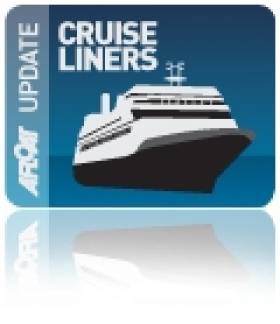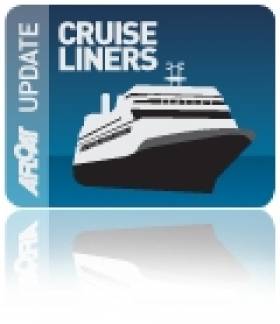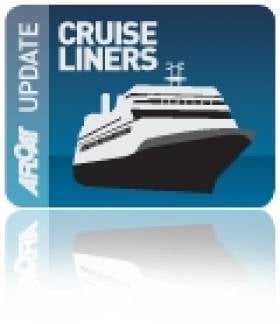Displaying items by tag: The World
Cruise-Goers Head for the Galway Races
The vessel first visited Galway in 2009 but this call will be her last year operating under the Spirit of Adventure cruise banner. The company are to replace the vessel next season with the Saga Pearl II which will be transferred from the parent company Saga Cruises and renamed Quest for Adventure.
Prior to the Spirit of Adventurer's call, the 226 passenger Le Diamant arrived from St. Malo last Friday. She became the first vessel to make a call to the 'City of the Tribes' on behalf of her French operators, Cie de Ponant. Her passengers were taken on tours of the city, Connemara and the Aillwee Caves in neighbouring Co. Clare. The vessel is due to return early next month.
With three cruise-calls this year the port is set to increase this figure to 7 in 2012 arising from the ports campaign over the last two years. Paul Carey, Chairman of the Harbour Company, said "We are beginning to see the fruits of this campaign and look forward to growing Galway's association with the return of the majestic passenger liners to Galway".
"The passenger liner The World has been confirmed for a two-day visit in August 2013 which is a great endorsement of Galway as a cruise destination".
The call by the world's first ocean-going luxury resort vessel will also be another first for Galway. Operators of the 43,524gt vessel, Residences at Sea have made previous Irish ports of call to include Dublin, for more on her to the capital last August click HERE.
- Dublin Port
- Galway Bay
- Foynes
- Shannon Estuary
- The World
- Cruiseships
- Ports and Shipping News
- city of the tribes
- Galway Harbour
- Galway Harbour News
- Mutton Island
- Le Diamant
- Cruiseliners
- Saga Cruises
- Spirit of Adventure Cruises
- Spirit of Adventure
- Galway Harbour and Bay news
- Galway Port
- Port of Galway Company
- Ponant Cruises
- Galway Races
- The Galway Races Ballybrit
- Ballybrit Race Course
- Port of Foynes
- Saga Pearl II
- Quest for Adventure
- Shannon Estuary and port news
- The World cruise liner
- Residences at Sea
- The World Residences at Sea
- Irish cruise ports of call
- Irish cruise calls
- Cruiseships to Ireland
- Cruise Companies visiting Ireland
- West of Ireland cruise callers
'The World' Lights Up Cobh - Photos here!
Though 'The World' Liner docked first in Dublin this month, it was not until she pulled in to the deepwater quay at Cobh in Cork Harbour did we see photographs as pretty as those captured last night by marine photographer Bob Bateman. As he prepared for the 10.30pm photo shoot the new Cork Swansea ferry 'Julia' sailed by to add to the vibrant Cork Harbour maritime scene. Bob's photos below:
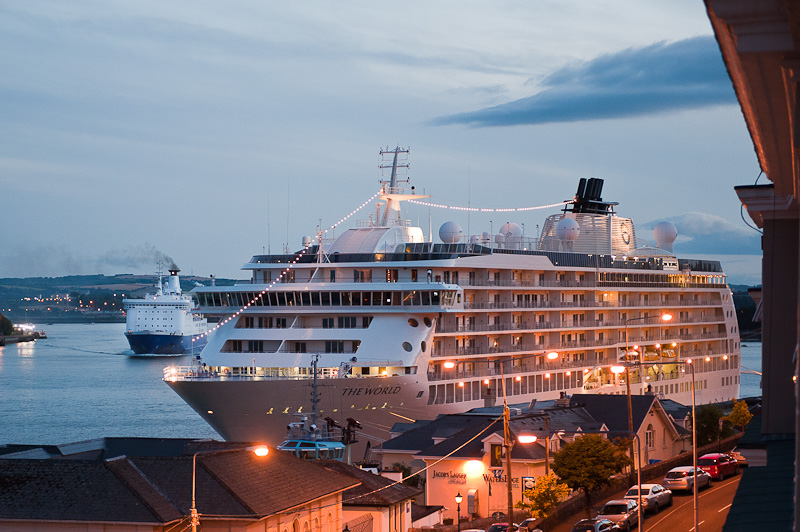
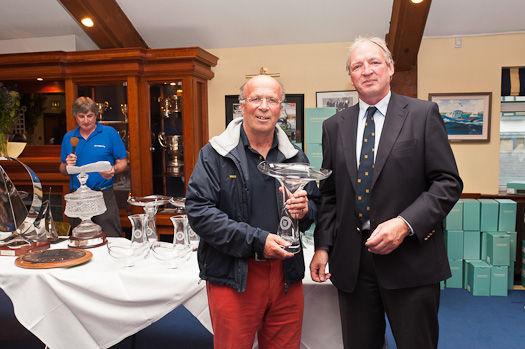
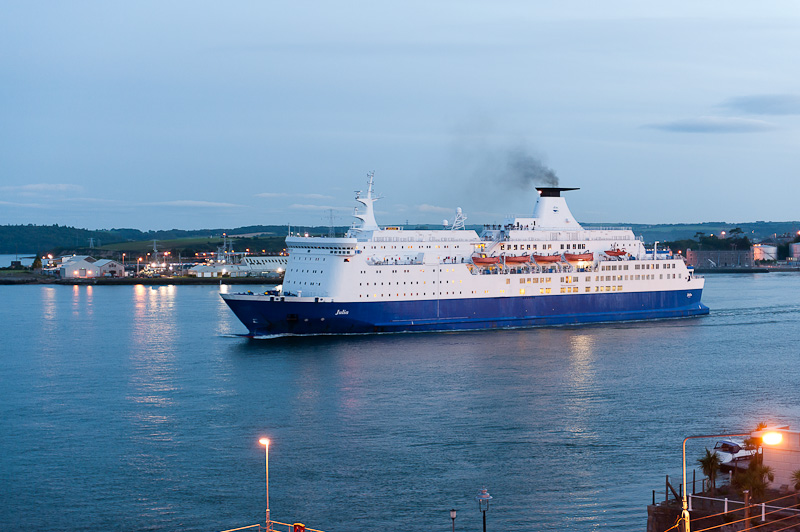

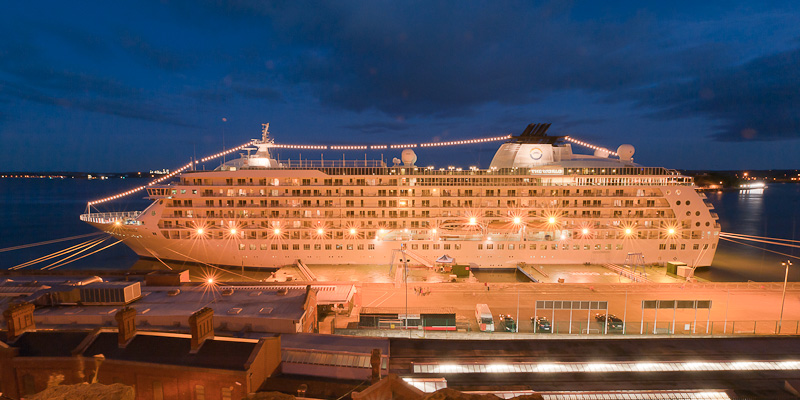
'The World' Arrives on Dublin Bay! Pics Here!
The World, a 644 foot ship, owned by its residents arrived at the Poolbeg lighthouse on Dublin bay yesterday afternoon (Wednesday, August 4 2010) for a four day stop over in Dublin. The residents, from about 40 different countries, live on board as it slowly circumnavigates the globe. Arrival photos below:




'The World' Arrives into Dublin Bay
After an afternoon arrival in Dublin Port (today) on 4th August, The World, the first ocean-going luxury resort vessel is to stay in the capital for a four-day stay, writes Jehan Ashmore.
The World is not a conventional cruiseship, but is a unique concept inthat passengers can have the ultimate lifestyle experience of stayingonboard as residents, living in their own ultra-luxury privatepenthouse suites.
There are 165 private residences onboard the eight-year vessel. Theluxurious two and three bedroom residences are fully-furnished,complete with a living and diningroom area, kitchen, bathroom andverandah. The average occupancy of residents and guest at any onetime, varies between 150-200 people.
As of 2006, all the residential 'homes' were sold. Like any privatecommunity, there are opportunities to purchase apartments that areavailable for re-sale. Guests can also take a holiday by renting aresidence from a selection of units.
Facilities include several small restaurants, a theatre, library,delicatessen. Leisure activities feature a health spa and two swimmingpools and a stern-mounted retractable marina-deck. On the top-deckthere is a full-sized tennis court, a putting green with authenticgrass and driving range. Should the golf balls career off deck andplonk in the ocean, the balls are bio-degradable and dissolve within96 hours.
The 43,524gt vessel had arrived overnight from Cardiff and is dockedclose to the East-Link toll bridge. Passing motorists and pedestriansalike will have an opportunity to see The World until this Saturday (7August).
Notably the nearby attraction of the new Dublin Wheel, at the PointVillage provides an excellent venue to take views of The World andDublin's Fair City. The floating residency departs Dublin early onSunday morning to dock at Cobh the next day for three-days (9-11August).
The Norwegian built vessel, completed by Fosen Mek, Rissa in 2002,made a first visit to Dublin in that same year. It was during thoseheady boom-years, that the largest penthouse suite covering over3,220sq ft cost US$ 6.8m.
The ethos of living onboard while seeing the World on a continouscruising mode, was the concept of The World's founder, Knut Klosterjunior. Kloster established ResidenSea which originally intended toorder a 85,000 gross tonnes vessel but this was radically scaled downdue to customer demand.
In September, The World sails to Greenland for a ten day expedition.After that the vessel heads onto North America with Christmas 2010devoted to exploring Antartica.
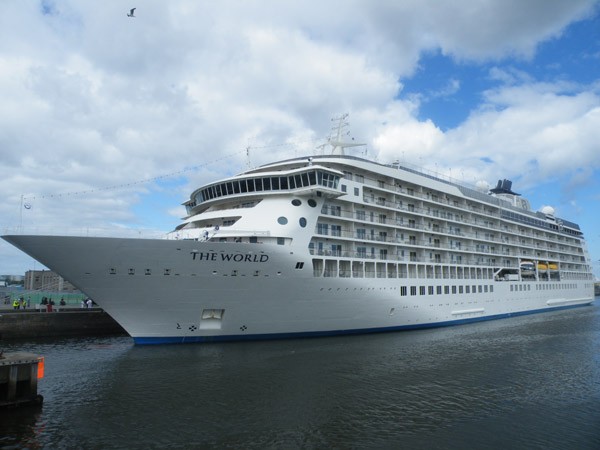
The World moored alongside North Wall Quay Extension, Dublin. Photo Jehan Ashmore/ShipSNAPS
Dublin and Cork Share Cruise-Calls Bonanza
The ports of Dublin and Cork are scheduled to receive a record 139 cruiseships in total this year, bringing 180,000 visitors and crew. Many more of these cruiseships are due to visit over the next two months and stretching into late Autumn. Between €35-55m is expected to be generated into the Dublin region from high-spend cruise visitors
while a further €5m is predicted for the local economy at Cork, writes Jehan Ashmore.
A notable visitor due to grace Dublin Bay is the return of The World, albeit not strictly a cruiseship but the first custom-built time-share ship. The vessel is to dock in the capital for four-nights from 4-8 August and then sails overnight to Cobh, for two-nights from 9-11 August.
In essence, The World presents an exclusively unique lifestyle experience. Instead of passengers, there are 'residents' who live onboard. Residents of the 43,188 gross tonnes (GT) vessel don't merely occupy a cabin but own large-sized luxurously appointed private apartments that are 'home' complete with balconies.
On 9 August, Silver Cloud docks at Dublin from Oban, Scotland. Measuring 16,927 GT, the vessel may not be the largest with only 315 passengers, but is an ultra-luxury cruiseship, regarded as one of the highest standards in the cruise-sector industry.
Returning to Cork Harbour, Cobh awaits the mighty Independence of the Seas. At 154,407 tonnes, she is the biggest ever cruiseship to dock at any Irish port. With a massive 4,375 passenger capacity, attractions include rock-climbing or surfing-boarding using a special pool. The 'Independence' berths mid-afternoon on 29 August for an overnight call, departing 18.00hrs the next day.
Among smaller cruiseships, the private-motoryacht like, Island Sky of 4,000 tonnes and with 200 passengers, calls to Dublin on 11 August, and may berth upriver close to the new Samual Beckett Bridge.
Those keen on traditional ships, can look forward to the visit of Classic International Cruises Princess Danae, built in 1955. The veteran is due 16 August, and her sister, Princess Daphne is expected 2 September. Unusually the 16,000 tonnes pair were converted from general cargo-ships for a career in cruising.
New cruiseship, Costa Luminosa (92,700 GT) costing US $ 548m makes a second call to Cobh on 3 September and is operated by Costa Cruises.
This is the first time the Italian company has ventured into Irish cruising waters.
Without doubt the largest Dublin caller this season will be Emerald Princess. The giant weighs some 113,000 gross tonnes and at 288m long will certainly provide a spectacle, with lights blaring over a dozen or so decks, during a dusk departure on 14 September.
Also entering service this year, P&O Cruises 116,000 tonnes new Azura, is set to visit Dublin on 23 September and Cork the next day. The Italian built newbuild cost US $ 535m and has a capacity for 3,076 passengers.
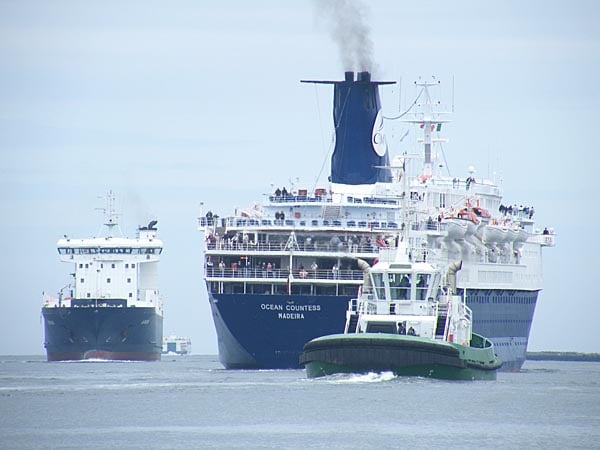
Ocean Countess departing Dublin. Photo: Jehan Ashmore/ShipSNAPS
A newcomer to Irish ports is Cruise & Maritime Voyages Ocean Countess which is making round Ireland itineraries with calls at Cobh on 13 August and 12 September. Incidently the 'Countess' was converted into a troopship for the Falkland Islands conflict in 1982.
Jewel of the Seas (90,090 GT) makes a Cobh call on 7 September and exactly a month later returns, marking the last cruise-call to Cork in 2010 while Fred Olsen's Boudicca will be Dublin's last caller on 20 November.
For further information on other visiting cruiseships, please click links:




























